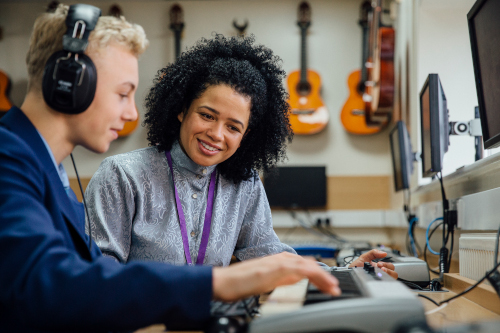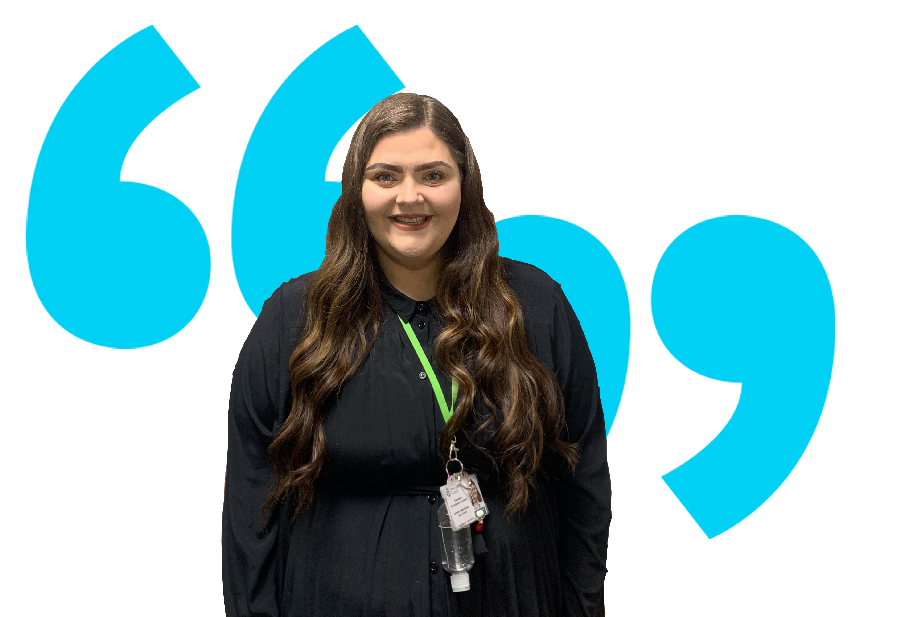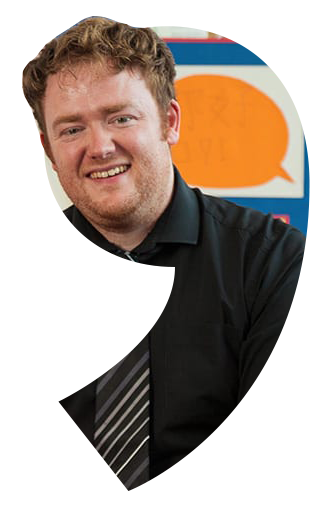What being an Arts teacher covers:
- Organising and setting lessons
- Monitoring the progress of pupils, through coursework and homework
- Working with pupils to guide their development and share that progress with parents and caregivers
- Planning, supervising and leading study trips.
Take that next step into the Arts
It’s a career choice that comes with a good starting salary and great opportunities for progression. The many different roles that exist within the Arts can be accessed via the following qualification routes:
- Art and Design teachers must have a degree in art and design (or a similar subject) and a Professional Graduate Diploma in Education (PGDE).
- Dance teaching tends to be delivered by teachers of physical education who either have a degree in a suitable sports subject (including dance) and a post-graduate PGDE qualification or they will have studied a degree that combines sport and education.
- Drama teachers must have a degree in drama or theatre studies plus a Professional Graduate Diploma in Education (PGDE).
- Music teachers need a degree in music plus a Professional Graduate Diploma in Education (PGDE) OR a degree that combines music and education.
This subject, as with others in the Curriculum for Excellence, can be delivered through Gaelic Medium Education. There are lots of benefits to teaching in Gaelic and we have more information about how to take this route into teaching.
PGDE university courses
Here are the universities you can study for a PGDE in the Arts at secondary level. Entry requirements vary so it’s best to check with the course provider for the most up-to-date information.
The University of Strathclyde also offer a pathway into Gaelic Medium Education. Find out more about the opportunities and benefits of teaching in Gaelic.



